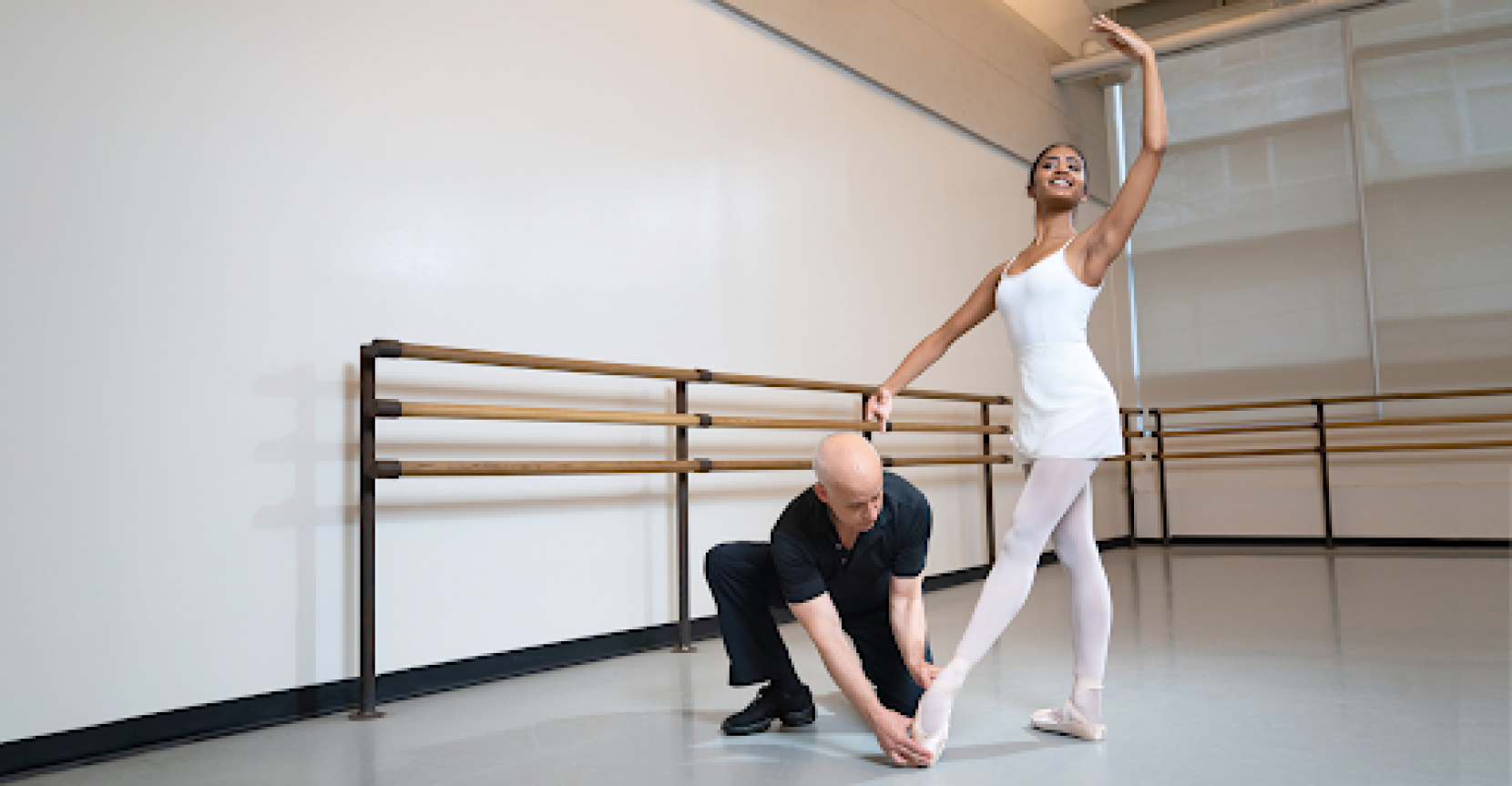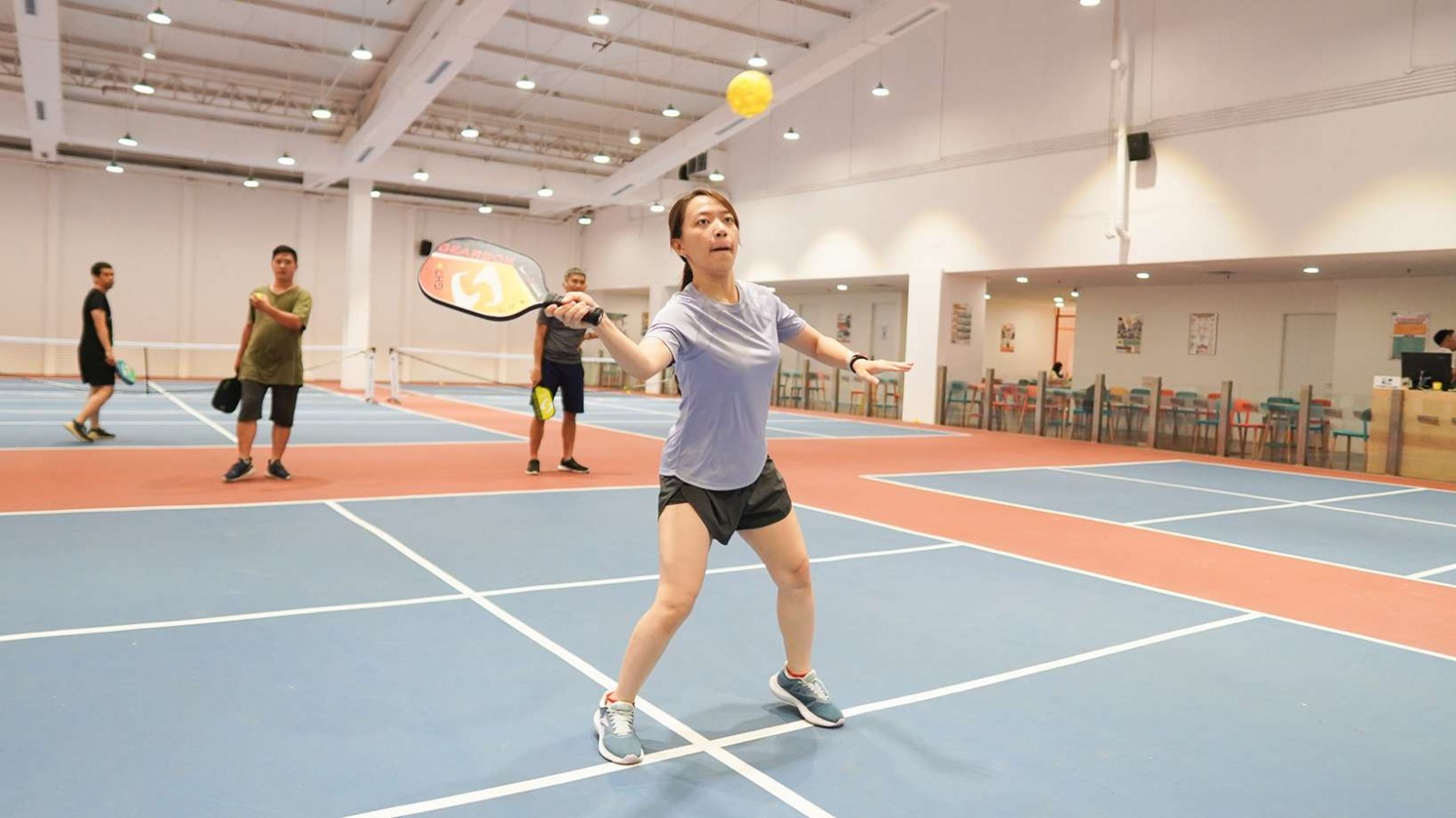Fouette Turns: A Comprehensive Guide To Do It Properly

Imagine gliding across the stage, the spotlight shining bright as you prepare to perform a breathtaking fouetté turn. With a flick of your leg and a whirlwind of motion, you transition from one graceful pose to another, leaving the audience spellbound.
If you are just starting your dance journey, mastering fouetté turns can make you feel like a true star. So, let’s dive into the enchanting world of fouetté turns and discover how to whirl your way to ballet greatness!
What is a Fouetté Turn?
The term "fouetté" comes from the French word for "whipped," and it describes a particular type of turn that is both challenging and beautiful. A fouetté turn involves a series of turns performed on one leg while the other leg is whipped around.
This movement is often done in succession, creating a mesmerizing visual effect. Fouetté turns can be seen in various dance styles, particularly in ballet, where they are frequently featured in variations and choreography.
The Basic Structure of a Fouetté Turn
In a fouetté turn, the dancer typically begins in a pointe or relevé position on one leg, with the other leg extended to the side (usually in second position or passé). The dancer then executes the turn by pivoting on the supporting leg while the other leg quickly whips around, allowing for rotation and momentum.
The success of a fouetté turn relies heavily on technique, core strength, and balance, making it a favorite among experienced dancers who want to showcase their skills.
How to Do a Fouetté Turn
Executing a fouetté turn requires practice and precision. Follow these step-by-step instructions to learn how to do a fouetté turn correctly:
1. Warm Up
Before attempting fouetté turns, it's essential to warm up your body properly. Focus on your legs, core, and feet with stretches and exercises such as:
- Plies: Bend your knees while keeping your heels on the ground to warm up your legs.
- Tendus: Stretch your legs by pointing your toes out to the front, side, and back.
- Relevés: Rise onto your toes to strengthen your calf muscles and improve balance.
2. Find Your Balance
To start a fouetté turn, find a comfortable position. Stand in first position with your feet together and your arms in a low position. Shift your weight onto one leg, lifting the other leg into passé (the foot of the lifted leg rests against the knee of the standing leg).
Engage your core and maintain a straight posture, ensuring that your shoulders are relaxed and aligned.
3. Prepare for the Turn
From your passé position, extend your lifted leg to the side, ensuring it is turned out.
As you extend your leg, begin to turn your head in the direction you want to face. This helps set your line of sight, which is crucial for maintaining balance during the turn.
4. Execute the Turn
Push off the standing leg while simultaneously whipping the extended leg around to initiate the turn. Your leg should travel from the side, in front of you, and back to the side.
Use your core muscles to maintain control as you rotate. The momentum from your whipped leg will help propel your body into the turn.
Keep your arms engaged; they can either be in second position (extended to the side) or fifth position (above your head) depending on the choreography.
5. Spotting
As you turn, make sure to spot your focus point. This means you should find a point to focus on as you turn, then quickly turn your head back to that spot after each rotation. Spotting helps prevent dizziness and allows for better control during the turn.
6. Land and Finish
After completing the desired number of rotations, land softly on your supporting leg. Aim to return to passé or another stable position to demonstrate control and finish your turn gracefully.
Tips for Executing Fouetté Turns
Fouetté turns can be challenging, but with practice and attention to detail, you can master this impressive movement. Here are some tips to help you execute fouetté turns more effectively:
A. Strengthen Your Core
A strong core is vital for balance and stability during the turn. Incorporate core-strengthening exercises such as planks, sit-ups, and leg lifts into your training routine.
B. Practice in Front of a Mirror
Use a mirror to monitor your alignment, posture, and technique. Observing yourself can help you identify areas for improvement.
C. Use Your Arms Wisely
Your arms play a crucial role in maintaining balance during fouetté turns. Make sure to engage them effectively, as they can help counterbalance your body.
D. Start Slow
If you’re new to fouetté turns, start with slow, controlled turns. Once you feel comfortable, gradually increase your speed and the number of rotations.
E. Find Your Rhythm
Timing is essential in executing fouetté turns smoothly. Practice turning to music to help establish a rhythm that works for you.
F. Be Patient
Mastering fouetté turns takes time and practice. Don’t be discouraged if you don’t get it right away. Keep practicing, and you’ll see improvement over time.
Conclusion
As you twirl your way to mastering the fouetté turn, remember that every great dancer started somewhere! If your child is eager to elevate their ballet skills, including those stunning fouetté turns, enrolling them in a dedicated ballet program can make all the difference.
Look no further than Rockstar Academy, the best Sports & Performing Arts Academy around! Our ballet programs not only include a fantastic curriculum but also exciting opportunities like RAD Ballet Testing, Ballet & Contemporary Dance Recitals, and competitions such as RockOlympics and Elite Championships.
These events help foster discipline, sportsmanship, and resilience—essential qualities that shine both on and off the stage. Plus, with a free trial class available, there’s no better time to dive in! If you’re ready to watch your child shine and flourish in the world of dance, reach out to Rockstar Academy today and let the journey begin!
FAQs
What is the difference between a fouetté turn and a regular turn?
A fouetté turn involves whipping one leg around while pivoting on the supporting leg, creating a series of turns. A regular turn, such as a single or double pirouette, typically involves turning on one leg without the whipping motion.
How can I improve my fouetté turns?
To improve your fouetté turns, focus on strengthening your core, practicing your balance, and refining your technique. Regular practice and incorporating tips mentioned in this article will also help.
What should I do if I feel dizzy while doing fouetté turns?
If you feel dizzy, try focusing on a spot in the room while turning (spotting). This technique can help minimize dizziness. If the dizziness persists, take a break and allow your body to recover before attempting the turn again.
Can beginners learn fouetté turns?
While fouetté turns can be challenging, beginners can work on the foundational skills required for this turn. Start by mastering balance, core strength, and basic turns before progressing to fouetté turns.



